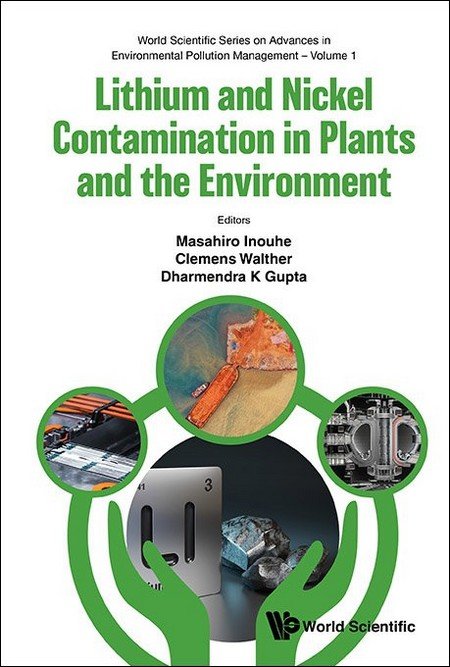Chapter 5: Approaches to Antioxidant Defence System: An Overview of Coping Mechanism Against Lithium/Nickel Exposure in Plants
Lithium (Li) and nickel (Ni) are two of the most widely used metals in various industrial applications. Since they are available for plants’ uptake from the soil, excessive plant exposure to high doses of both metals may be tolerable or not for accumulating species and sensitive species, respectively. Many plants adopt a number of powerful detoxification techniques in their fight for survival. Among them, the antioxidant defence system is a crucial mechanism that helps plants cope with toxic metals, including Li and Ni. Understanding the different approaches that plants use to activate this system can provide insights into how we can improve plant resilience and protect them from environmental stressors. Besides the natural endogenously reacting antioxidant system in the plant’s own body, exogenously applied antioxidants have proven to be effective in mitigating the negative effects of the aforementioned metals. Herein, we review the traditional as well as recent advances used in overcoming the toxicity of Li and Ni to plants.



